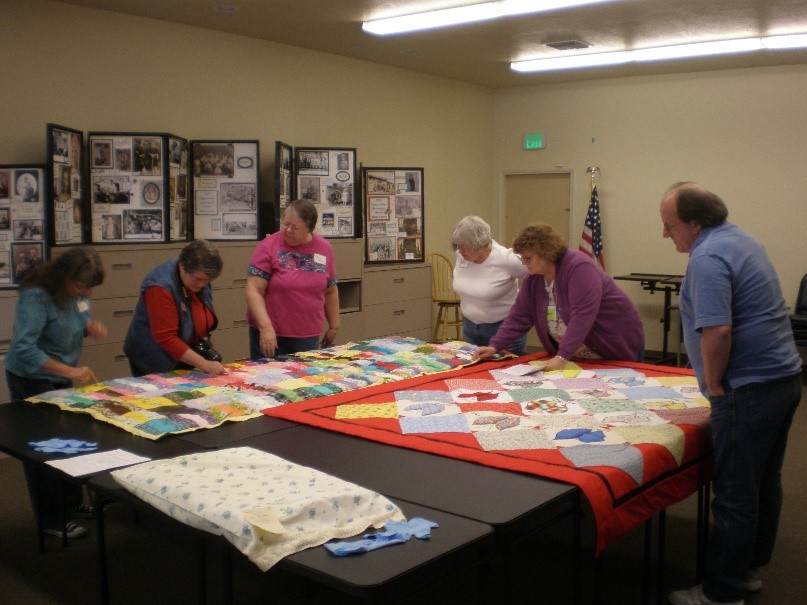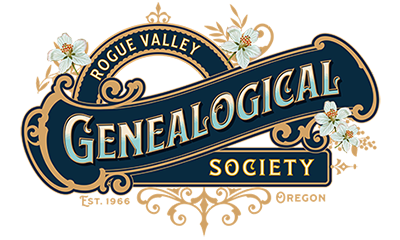Quilt Documentation Services

OUR DOCUMENTATION SERVICES.
At regular intervals throughout the year, our Quilt Committee holds documentation open houses for its members and the public. If you would like a quilt documented, fill out our Quilt Registry Documentation Release Form and submit the $10 fee. The form will request the information you already have about your quilt, along with your contact information. (Do they need to print the forms out, submit online, bring to the documentation event….??? We need to provide instructions.)
THE DOCUMENTATION PROCESS.
After reviewing the Quilt Documentation Request Form and collecting the documentation fee, Quilt Committee members carefully display the quilt on a carefully prepared table. The quilt is photographed and additional photographs are taken of interesting details.
Our specialists identify the quilt pattern, using Barbara Brackman’s book on patterns, the recognized authority for identifying and naming the quilt pattern. Using the information you provided on the form is another critical part of the process. We know that quilters like to personalize patterns, so we make that a part of the process. Pattern research can be one of the more time-consuming parts of the documentation.
Once the pattern has been identified and its maker and date established, the final steps in the documentation process include a review of the forms for legibility and the creation of a muslin label that includes the unique documentation number to be attached to the back of the quilt.
The information we collect during documentation is provided to you, the owner. We keep a copy in our files at the RVGS Library, register the quilt with the Oregon Quilt Project and enter the quilt’s information into the national quilt database.
NATIONAL QUILT DATABASES. The national quilt data base began in 1976, as a part of the nation’s Bicentennial, with the documentation of sixty-six quilts. Interest grew for collecting and protecting quilt and women’s history through the early 1990s when the Kentucky Quilt Project hosted a conference in Louisville, Kentucky. The National Endowment for the Humanities provided funding for the development and deployment of the Quilt Index.
In 2009, quilters in Oregon began to organize and formed the “Oregon Quilt Project” which lasted through April 2019 when it was merged into the national quilt database. All subsequent quilt documentation throughout the country is done through local programs such as ours, with the information going to the state and national databases.
